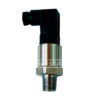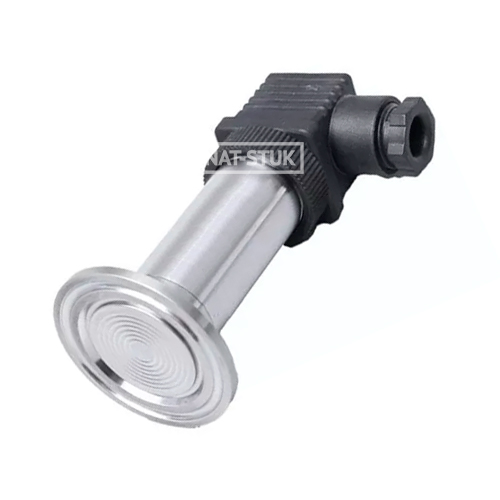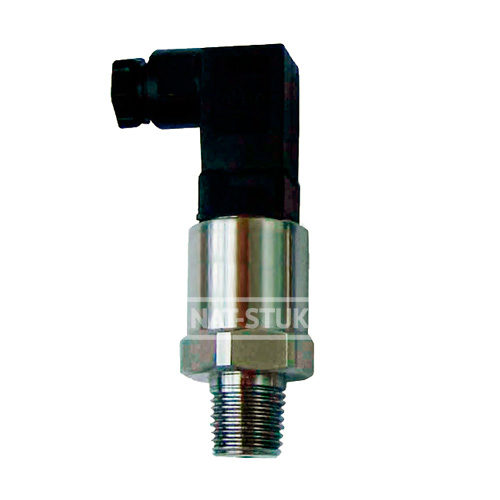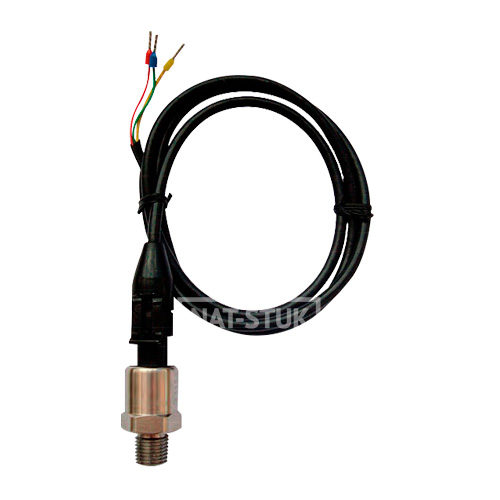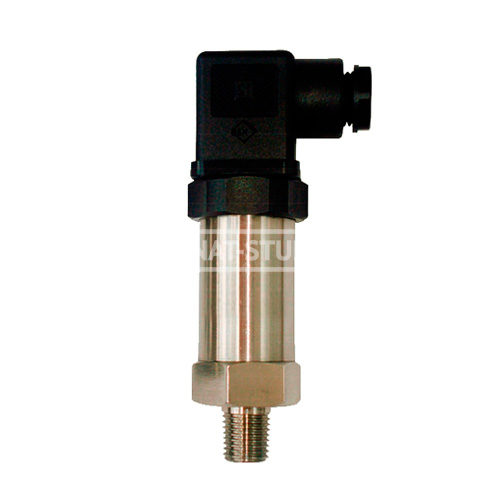Sanitary Pressure Transmitter
Sanitary Pressure Transmitter is specially designed for food and medical applications. It has standard clamp 1.5″ and 2″ outer diameter, connecting with process sanitary pipe directly and easily. Sanitary clamp type pressure transmitter is widely used in food, pharmaceutical, wine making, fermentation and other industries. The products have been approved with CE.
Specifications
Measuring range:30psi/2bar to 3,000psi/200bar
Applications:Food, beverages, pharmaceutical applications.
Compliant: CE
Description
Sanitary Pressure Transmitter is specially designed for food and medical applications. It has standard clamp 1.5″ and 2″ outer diameter, connecting with process sanitary pipe directly and easily. Sanitary clamp type pressure transmitter is widely used in food, pharmaceutical, wine making, fermentation and other industries. The products have been approved with CE.
Specifications
Measuring range:30psi/2bar to 3,000psi/200bar
Media compatibility: 316SS
Accuracy: 0.5% FS
Body: 304SS
Wetted parts: 316SS
Output: 4-20mA or 0-5V
Power supply: 10-30VDC
Output mode: Two-wires (4-20mA) or Three-wires (0-5V)
Electrical connections: Hirschmann, Cable
Enclosure rating: IP65
Process connection: Tri-clamp 1.5″ and 2″
Load resistence: Two wires (U-10)/0.02(Ω)), Three wires (>100KΩ)
Isulation: >100M Ω@50V
Operate Temperature: -40 to 100°C (-40°F to 212°F)
Compensation temperature: -10 to 80°C (14°F to 176°F)
Stock temperature: -50 to 125°C (-58°F to 257°F)
Overload pressure : 1.5 times of full scale
Broken pressure : 3 times of full scale
Certification: CE
Check out our Sanitary Pressure Gauge
Follow us on Twitter and Instagram
Please contact us, our sales team will assist you with your requirements.
WE LISTEN TO YOUR NEEDS AND MAKE IT SIMPLE!
Installation:
Pressure transmitters may be mounted in any plane with negligible effect on performance. Although our transmitters are designed and manufactured to withstand shock and vibration, it is recommended that they be mounted in an area of minimal vibration. Always use a wrench on the wrench flats when installing. never use a pipe wrench on the housing or in the area of the electrical connection.

